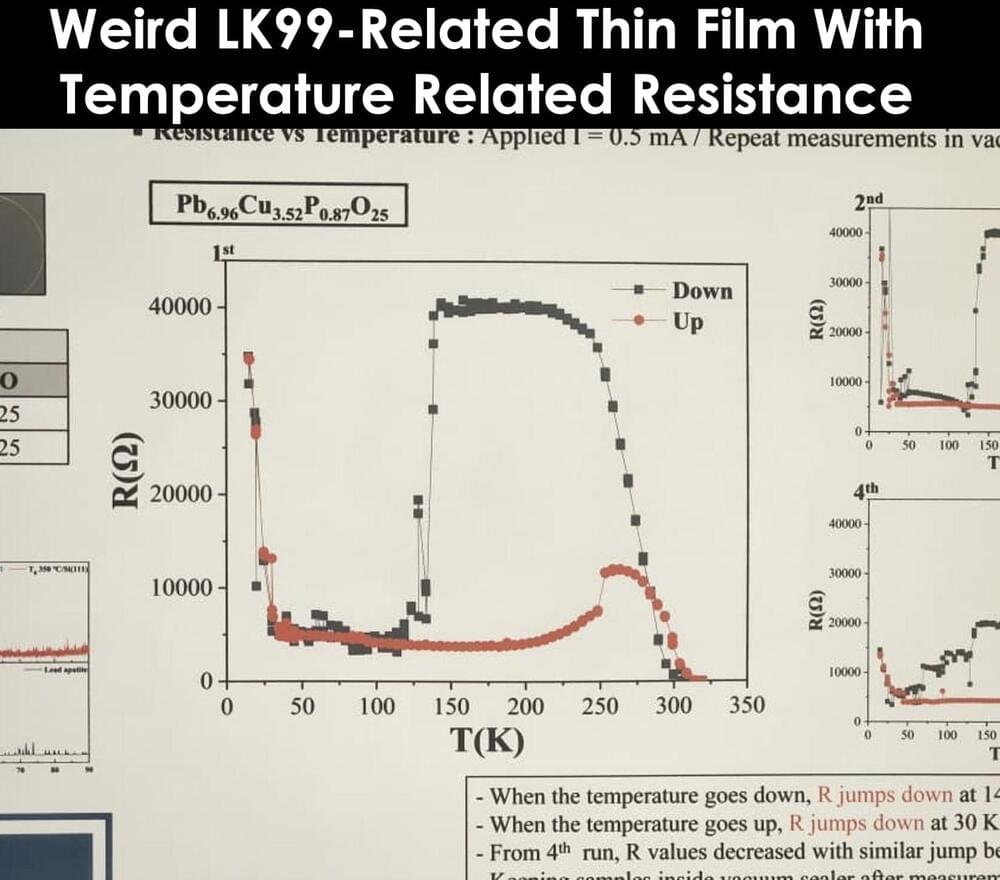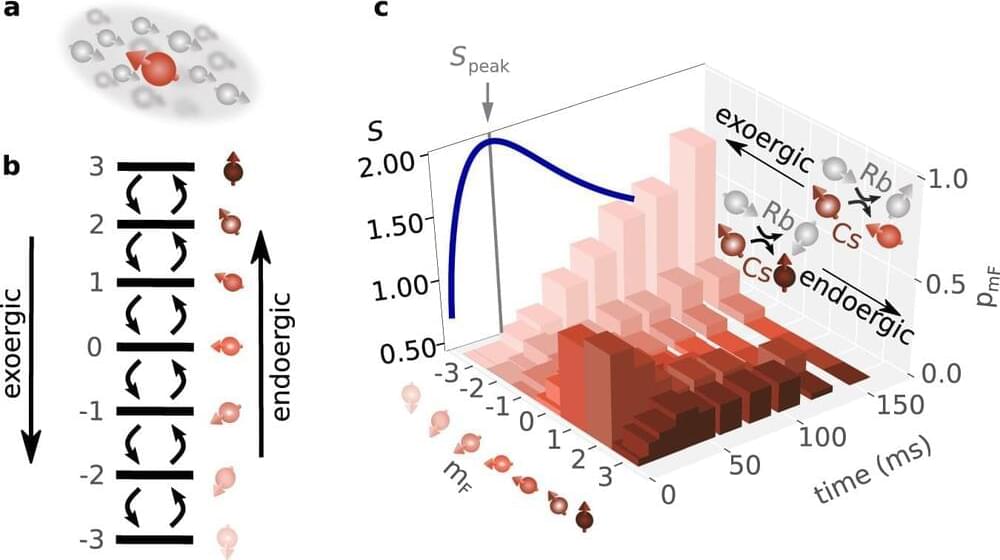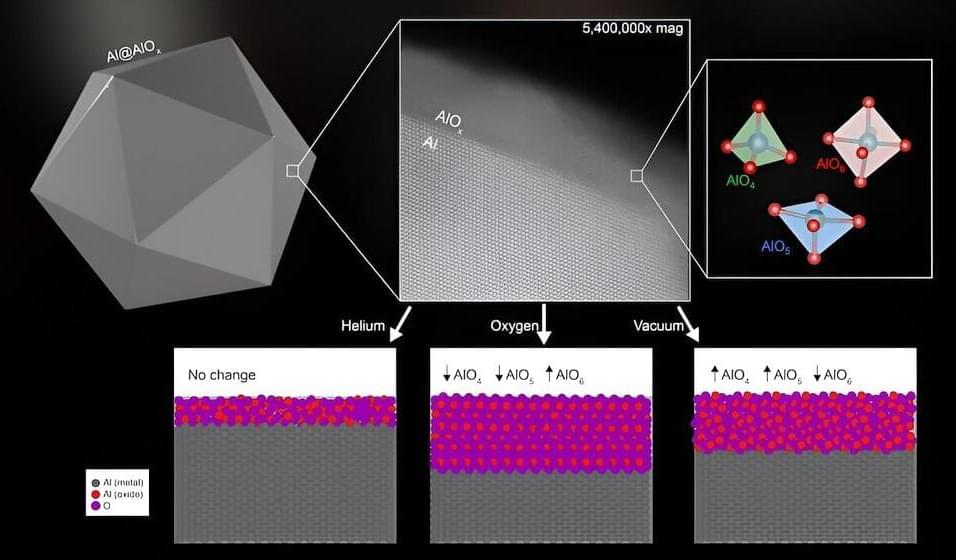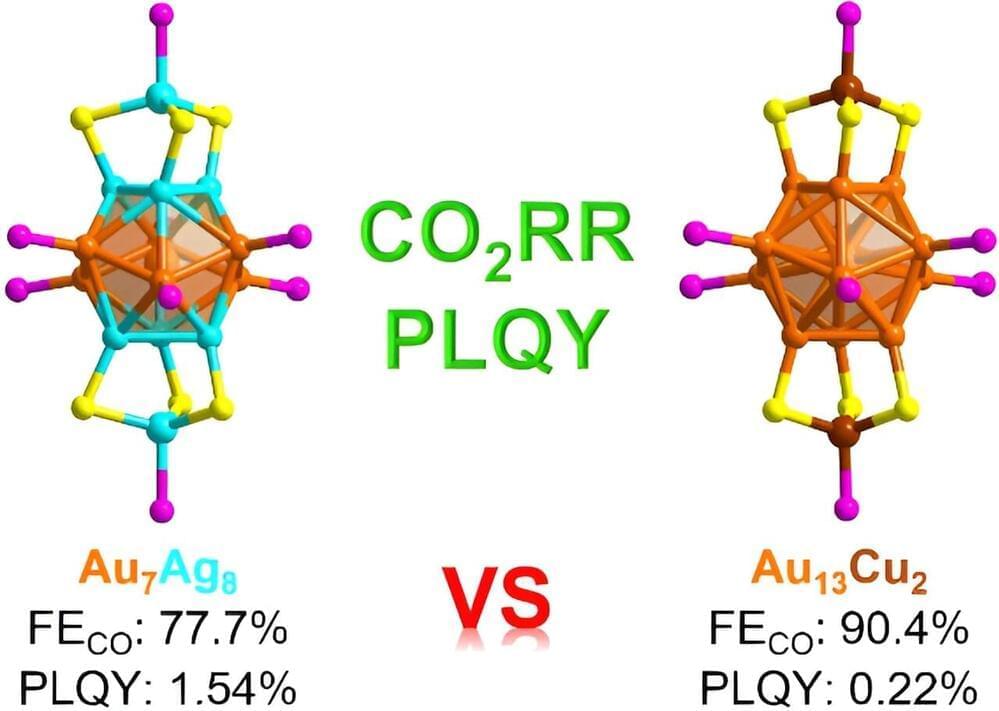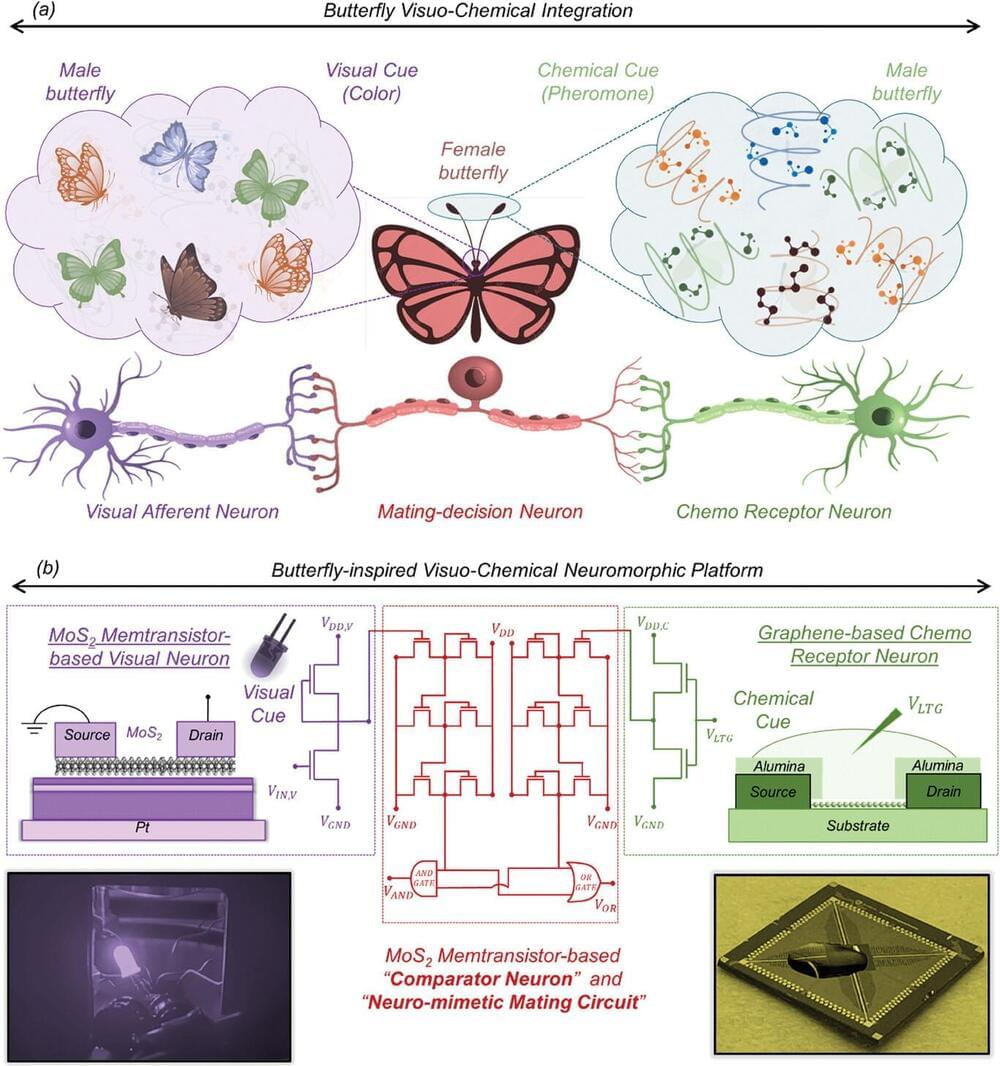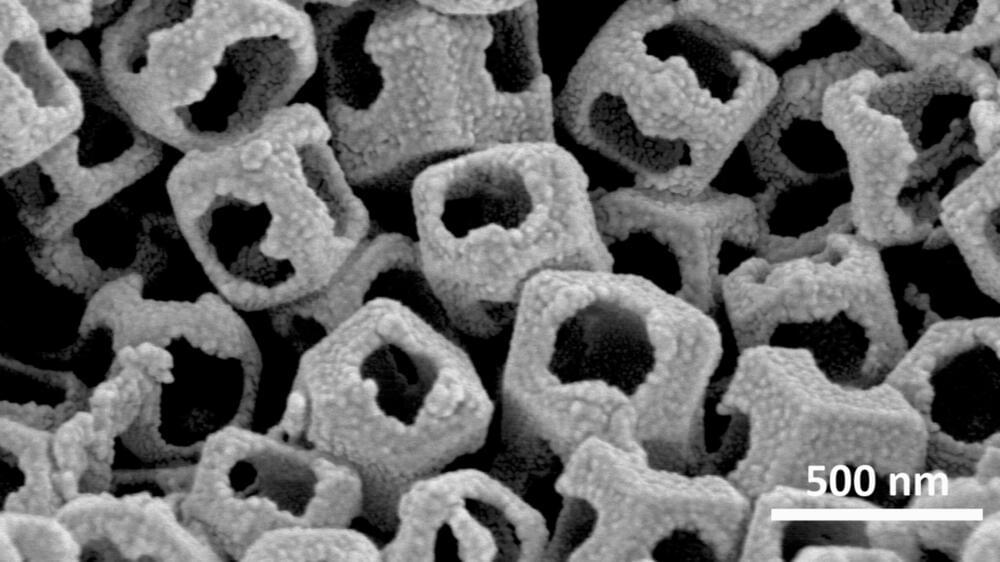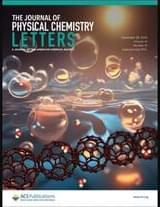Mar 8, 2024
Abnormal Thin Film LK99 Result from Korea Excites Chinese Superconductor Researchers
Posted by Dan Breeden in categories: chemistry, materials
There was a APS presentation by Ulsan Korea University researchers.
It is being reported that numerous comments on the Chinese website Zhihu imply that the University of Ulsan’s data plot is so important that a certain superconductivity expert saw the decisive signal proving LK99’s superconductivity in the graph’s temperature rise curve near 200K.
Nextbigfuture does not understand how a resistance rise implies any superconductivity but it is a thin film LK99-related material. Previously, LK99 thin film analysis by the original Korea researchers had found superconducting levels of resistance with chemically vapor deposited thin film.
